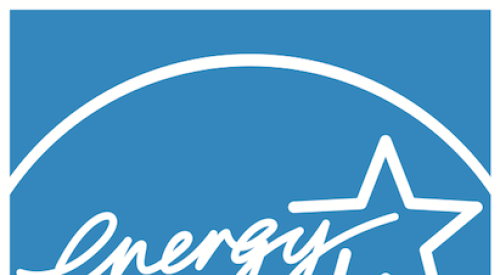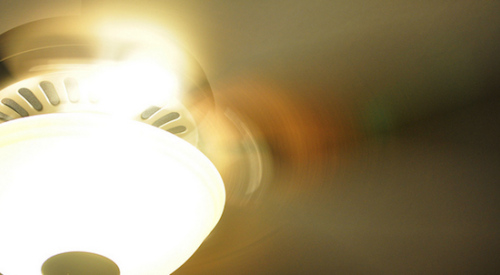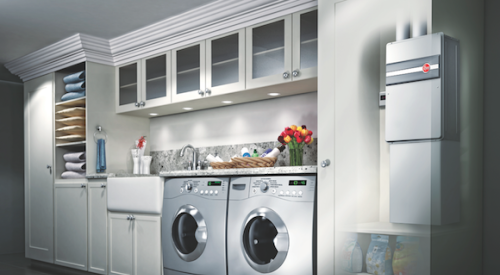Builders will have to significantly increase the energy efficiency of their homes to meet new Energy Star requirements scheduled to take effect July 1, 2006.
To qualify under the revised Energy Star specifications, new homes must have higher levels of insulation inspected for proper installation; complete framing and air barrier assemblies that enable insulation to perform at its full-rated value; windows that meet or exceed Energy Star requirements; high-efficiency and properly sized, climate-appropriate heating and cooling equipment; and more energy-efficient water heating, lighting and appliances.
Over the next 20 years, the EPA estimates that this increase in energy efficiency for Energy Star qualified homes will save homeowners more than $2 billion in utility bills, and eliminate more than 7 million metric tons of greenhouse gas emissions.
The NAHB has expressed concern that the July date will not give builders sufficient time to transition to the new standards. They prefer a timetable specified in an earlier draft that gave new communities until July 1, 2006 to state their intention to go Energy Star, and until January 1, 2007 to qualify under the old Energy Star standards.
"Builders need time to digest the changes and decide if it is economically feasible to maintain their commitment to Energy Star," the NAHB says in a written response to the new standards. "One would think that EPA would like to give them this opportunity, as opposed to setting an arbitrary date for implementation that hurts the builder."












